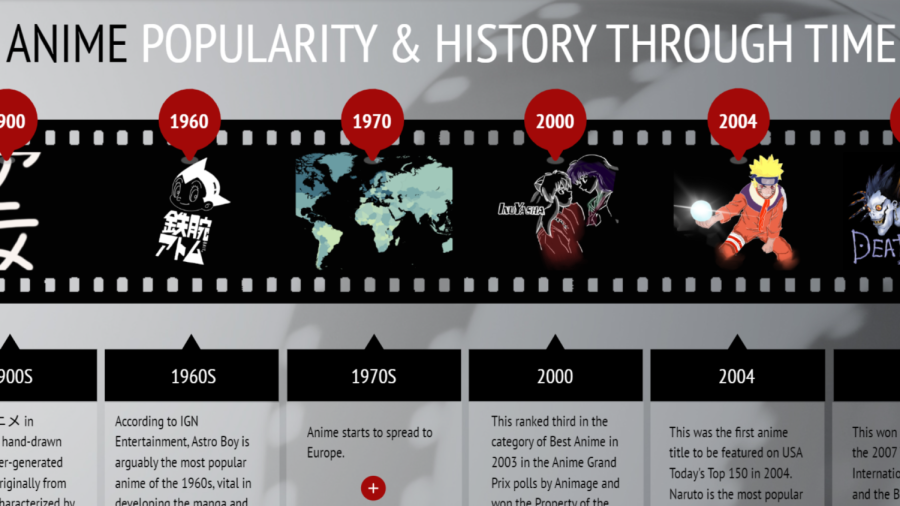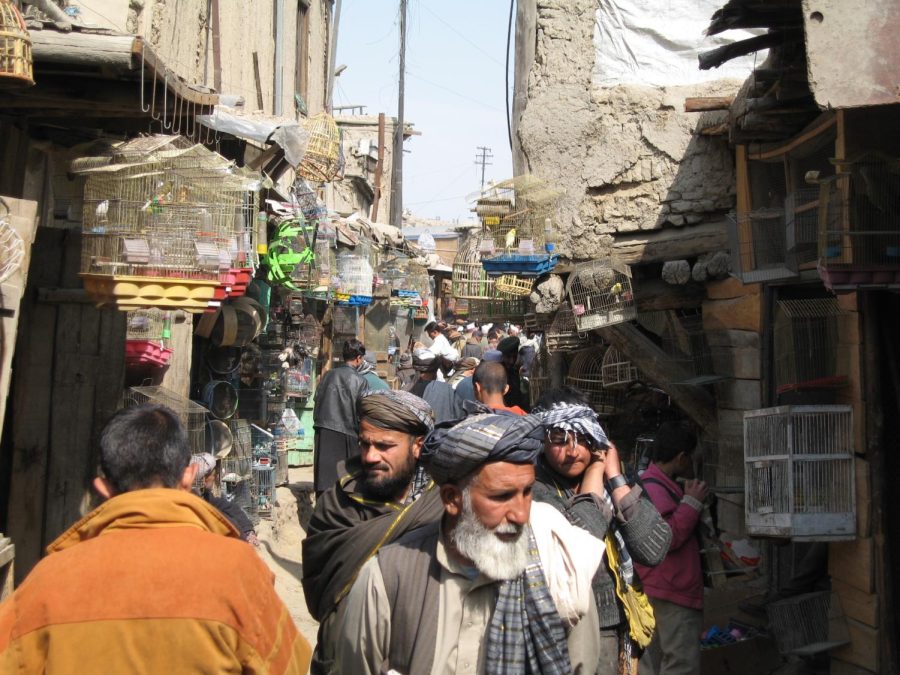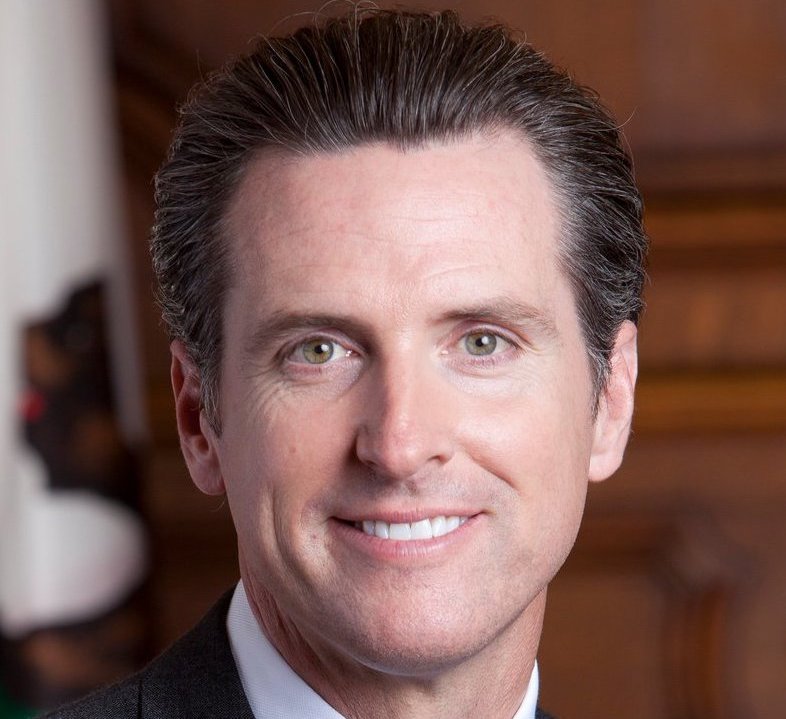As more and more information is becoming known about our planet’s limited conditions, American schools are striving to conquer students’ negative impact.
As this information is becoming viral in the media and being shared easily by social media, people are starting to change the way they live and make sure their children know too.
Schools for all ages are starting to make changes that help both their campus and the planet.
Founded in 1993, the U.S. Green Building Council focuses on the environmental friendliness of buildings and is well known for their LEED (Leadership in Energy and Environmental Design) certification.
Being LEED certified, is known as an environmental precedent, and many schools, colleges and businesses are changing to become certified.
To become a LEED certified, an organization must meet 10 guidelines as detailed on their website.
Becoming LEED certified is not hard, and many have, including Carlmont’s very own Performing Arts Building, also known as F hall.
The original F hall was old and designed with details from the 80’s and 90’s, but with the help of some construction, 90 percent of the building was reconstructed.
On January 7, 2011, F hall was awarded gold certification in relation to the LEED scale. This is because a majority of the materials used in the building are recycled, low amount of water needed to water landscape and solar panels are affixed to the roof.
Improving the already advanced program, teachers Tina Doss and Dan Raffa succeeded earlier this year in building with the goal of a gold certification but only received silver due to the decision to not install solar panels on the roof.
Other schools have also achieved this excellence.
Sequoia’s one and half acre Spectator gymnasium received platinum certification, Canada College’s Maintenance Center received gold, Sacred Heart’s Science and Student Life Center received platinum, and College of San Mateo’s 10N building received gold.
Around Carlmont students are becoming excited about the new field, bleachers and lights coming to the campus.
Administrative Vice Principal Ralph Crame commented, “I know that what ever we are doing is going to be of minimal impact on the environment, it’s just replacing the old turf that we have. I know that that turf will be recycled…it won’t just go into the dumps, it will be recycled somewhere. The products that are used in the new turf are from recycled products.”
As students think about their future and start looking at colleges, they should check out the Princeton Review.
They annually publish college ratings, which include the rankings of green certified colleges in the United States that have made a real effort in countering their carbon footprints.
When asked if he knew about the Princeton Review green college list, Lior Miitnik said, “No, I have heard of the Princeton Review, but never the green college [list].”
With our planet depending on our conservation of its natural resources, students should consider not only making our school more green, but choosing colleges that are certified green schools.






